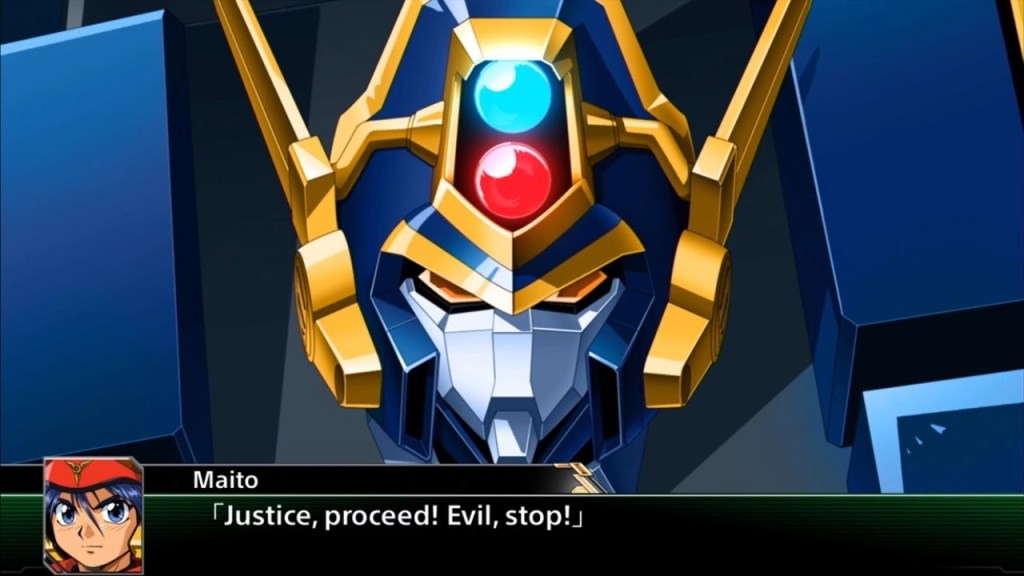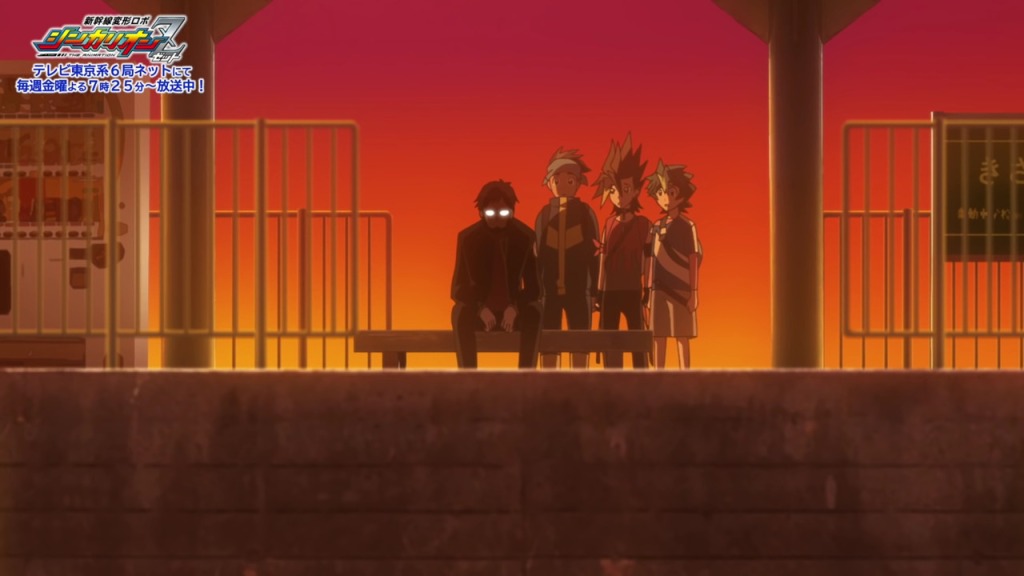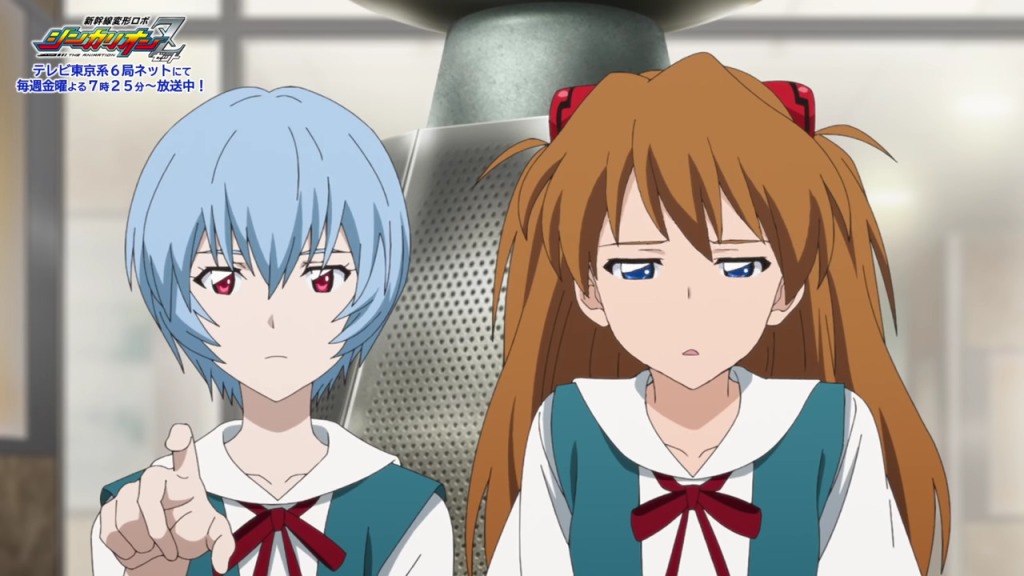
Shinkansen Henkei Robo Shinkalion is the most blatant advertisement in cartoon form that I’ve seen in a long time. It’s so upfront with its true purpose—promoting Japan Railways’ shinkansen (aka bullet train) system—that it’s right in the title. But I actually don’t mind the extreme shilling of Shinkalion all that much, and it’s for one simple reason: the Japanese train system, including its shinkansen, is astoundingly good.
The hero of Shinkalion is a young boy named Hayasugi Hayato, a total train otaku. Hayato discovers that his dad, ostensible a Japan Railways (JR) employee, works for a secret division dedicated to fending off monsters attacking Earth. In an emergency, Hayato becomes the pilot of a Shinkalion, a super-advanced train that can transform into a giant robo, and helps his dad in their fight against the forces of evil. Naturally, all Shinkalions are based on actual, real-world shinkansen trains. Incidentally, one recurring gag among Japanese Shinkalion viewers is referring to the series as a reverse-Evangelion because it’s about a young pilot who can’t wait to support his dad on his mission to fight off monstrous invaders.
It’s not just the Shinkalions themselves that are selling Japanese trains to the audience, as nearly everything about the anime talks up the country’s rail service. Hayato’s family name, Hayasugi, is a homophone for “way too fast” in Japanese—a reference to the high speeds of the shinkansen. His catchphrase, “I’m Hayasugi Hayato, the guy who always makes it on time!”, is based on the fact that the Japan rail system is famously on-schedule. Whereas other train systems around the world might see a 10-minute delay as “reasonable,” a five-minute difference is considered “extreme” in Japan. This is part of why train otaku exist, as it’s not just the mechanical aspects of the trains themselves that hold appeal. The precision and complexity allows enthusiasts to imagine riding from one part of Japan to another while planning the most perfectly efficient route possible.
While Shinkalion is indeed mainly about high-speed trains, it also advertises for a few other things. There’s tourism, the natural extension for a show about trains, with the ending theme showing various famous landmarks across Japan. While I haven’t researched it, I’m confident that all locales presented are reachable by shinkansen. Then there’s the Google product placement. Not only is one of the characters a popular Youtuber, they even use the term Youtube and show it off. The strangest promotion is the fact that the Vocaloid, Hatsune Miku (or a convenient alternate version of her), is a pilot in the show—and she’s actually voiced by the Hatsune Miku software! In this instance, it might be JR that’s benefiting from the association instead of the other way around. The result is that Shinkalion is a kind of marketing black matter. The characters would have to be plastered with logos like NASCAR racers for it to go any further.
I’ve taken bullet trains, and they’re an amazingly comfortable experience. I’ve taken regular trains, and they’re so reliable it makes coming back to New York City’s subway system almost feel like culture shock. If this fairly generic giant robot cartoon wants to sell me on shinkansen, it can do that all day long. That said, I would be wary of Shinkalion becoming propaganda for JR as this perfect entity, because there’s evidence that it isn’t. Glancing at reviews on Glassdoor, there are multiple negative comments about the companies being extremely conservative businesses and thus stifling its own growth. Perhaps the efficiency of the system comes at a (human) price.

Still, I can enjoy Shinkalion for what it is. This 500-yen Shinkalion model kit I bought is a testament to that.












